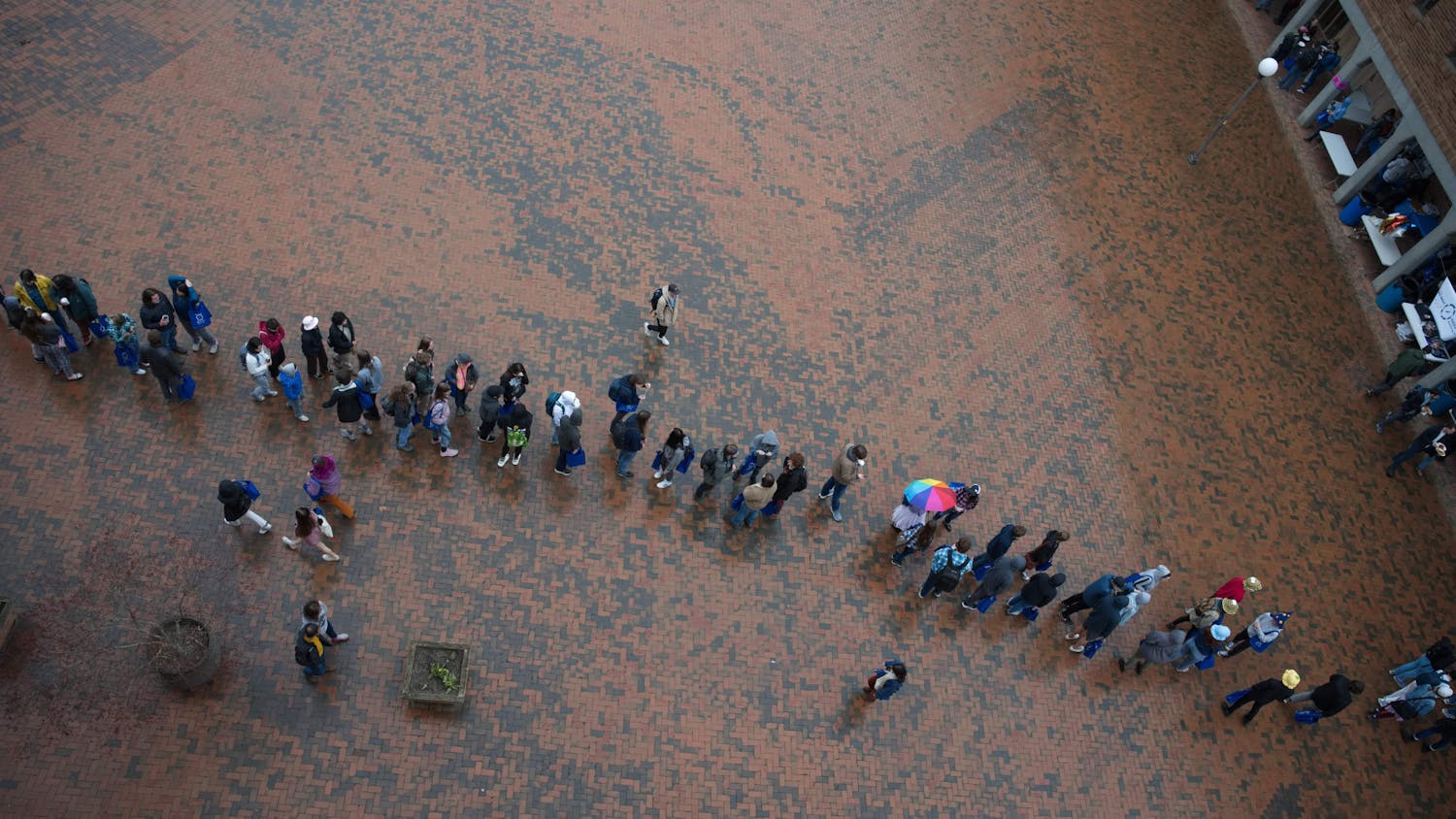With the influx of information and expanding field of design, some people are working to solve the world’s problems. Surya Vanka worked at Microsoft for 16 years before leaving the company. He presented his thoughts on data, design and the potential it has for the world on Thursday, Jan. 9, in Fraser Hall. Around 50 people attended, most of whom were industrial design students. The Western Gallery sponsored the event More data has been produced in the last two days than from 2003 to the dawn of civilization, Vanka said. During his time working in design, Vanka saw how the meaning of design change is largely impacted by the amount of accessible data. “In my career, what is so important is to be a designer in this particular moment in history,” Vanka said. “A lot of my career in design was on the edge, trying to fight your way to the center. But now the conversation is about design.” “Design and fine art are very close,” Gallery director Hafthor Yngvason said. “The creative industry is something that we’re all a part of.” Designers can use modern data and communication to create better products and more personalized services. “We no longer work in glass, in metal, in plastic, which are things that are pre-designed, manufactured and put up,” Vanka said. “You’re working with digital materials which are infinitely malleable and infinitely connected."





